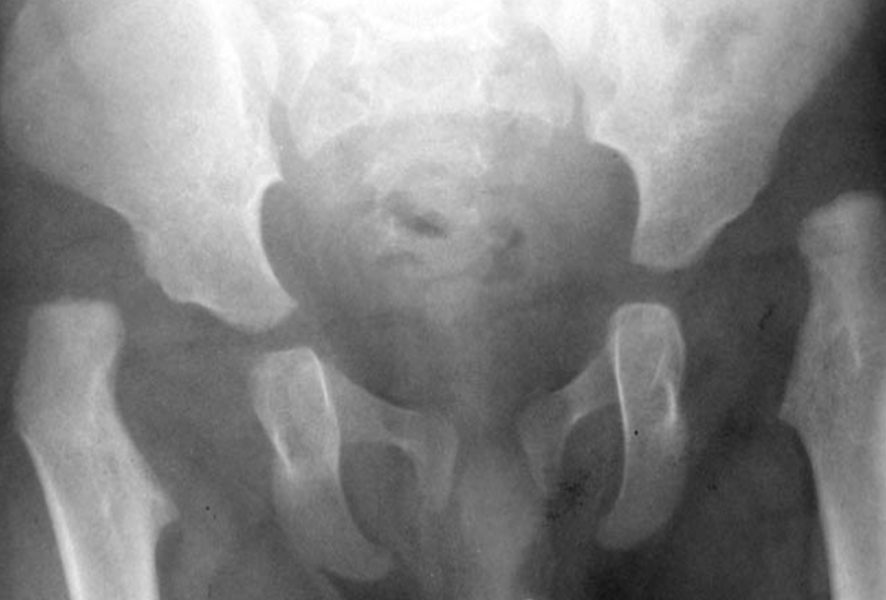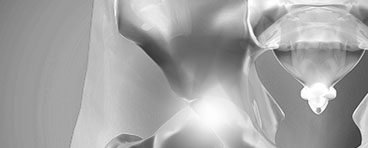Click on the links below to find out more
DDH-Developmental Dislocation (Dysplasia)/Congenital Hip Dislocation
OVERVIEW
The hip is a “ball-and-socket” joint. In a normal hip, the ball at the upper end of the thighbone (femur) fits firmly into the socket, which is part of the large pelvic bone. In babies and children with developmental dysplasia (dislocation) of the hip (DDH), the hip joint has not formed normally. The ball is loose in the socket and may easily dislocate. Although DDH is most often present at birth, it may also develop during a child’s life as their bones grow.
Although DDH is most often present at birth, it may also develop during a child’s life. Recent research shows that babies whose legs are swaddled tightly with the hips and knees straight are at a notably higher risk for developing DDH after birth. As swaddling becomes increasingly popular, it is important for parents to learn how to swaddle their infants safely, and to understand that when done improperly, swaddling may lead to problems like DDH. Further information on swaddling and hip dysplasia can be found here.
A slippery tissue called articular cartilage covers the surface of the ball and the socket. It creates a smooth, low friction surface that helps the bones glide easily across each other.
The hip is one of the body’s largest joints. It is a “ball-and-socket” joint. The socket is formed by the acetabulum, which is a part of the large pelvic bone. The bone surfaces of the ball and socket are covered with articular cartilage, a smooth, slippery substance that protects and cushions the bones and enables them to move easily.

Left and right dislocated hips in a 12 month old
Patient Information Sheet on Hip Dysplasia







